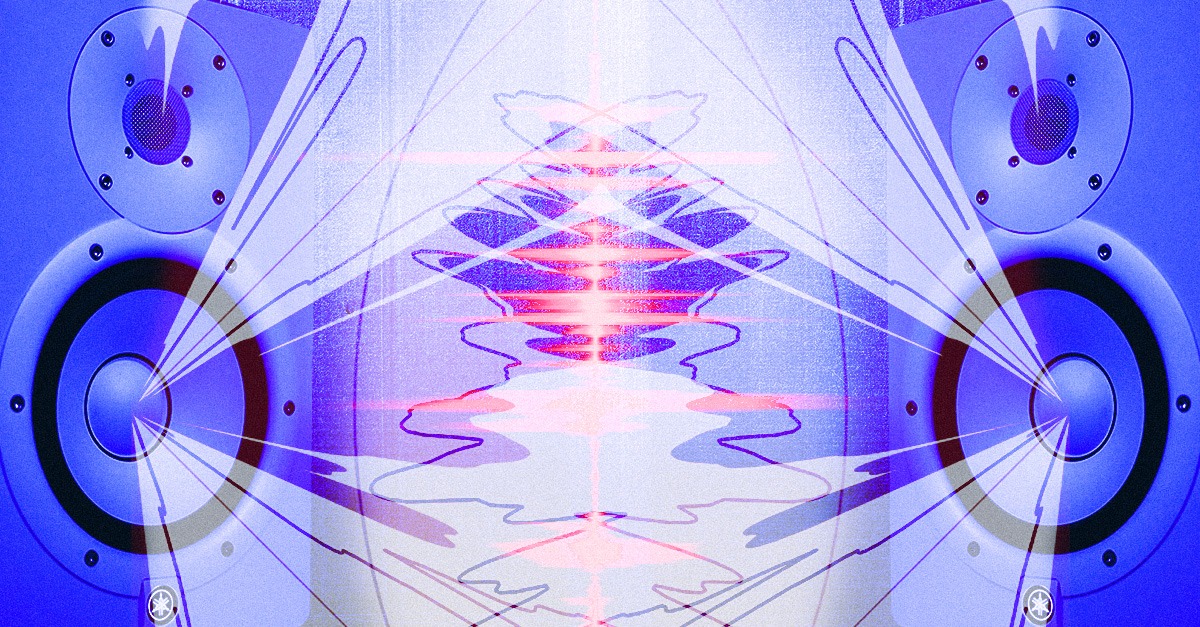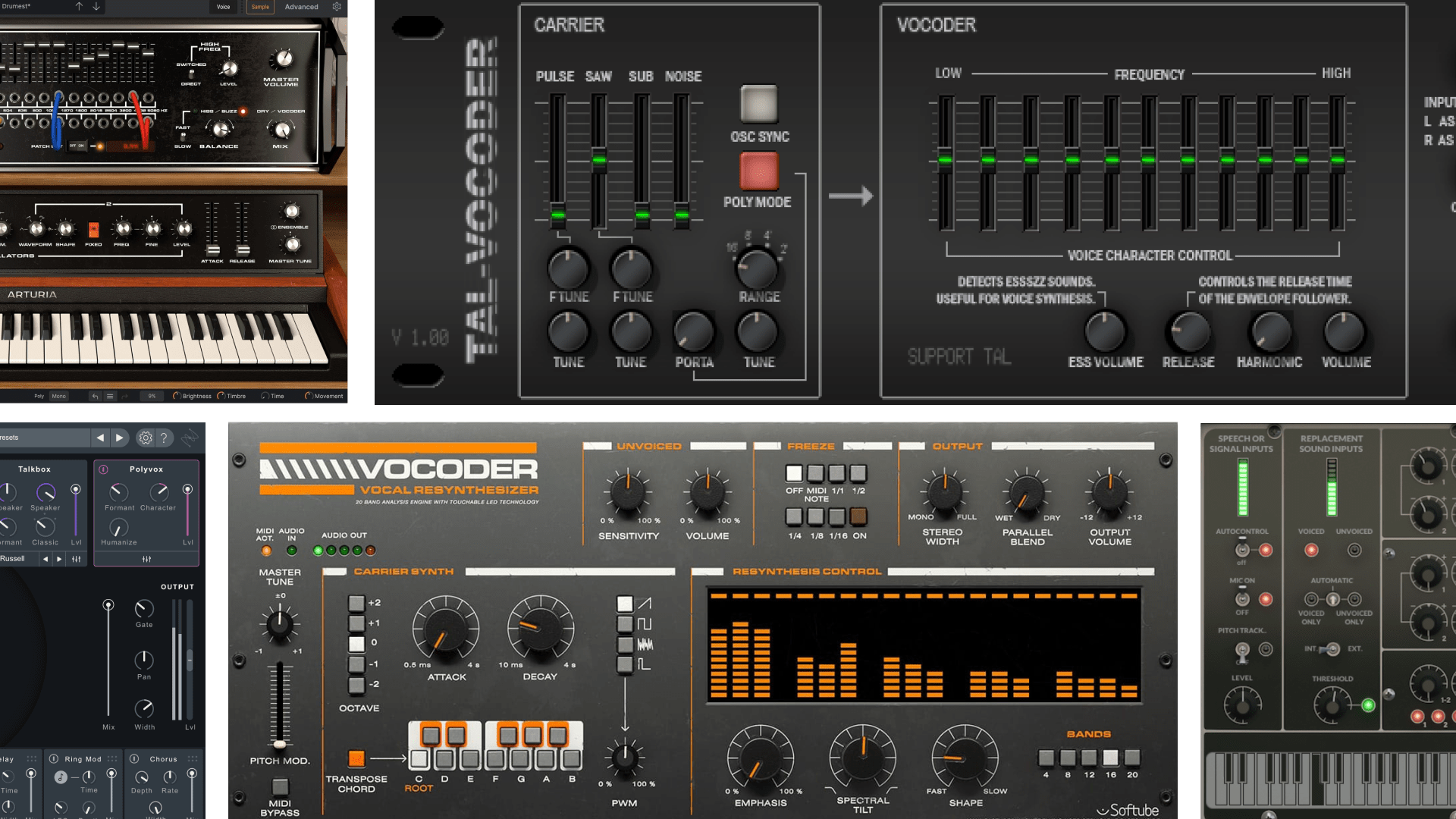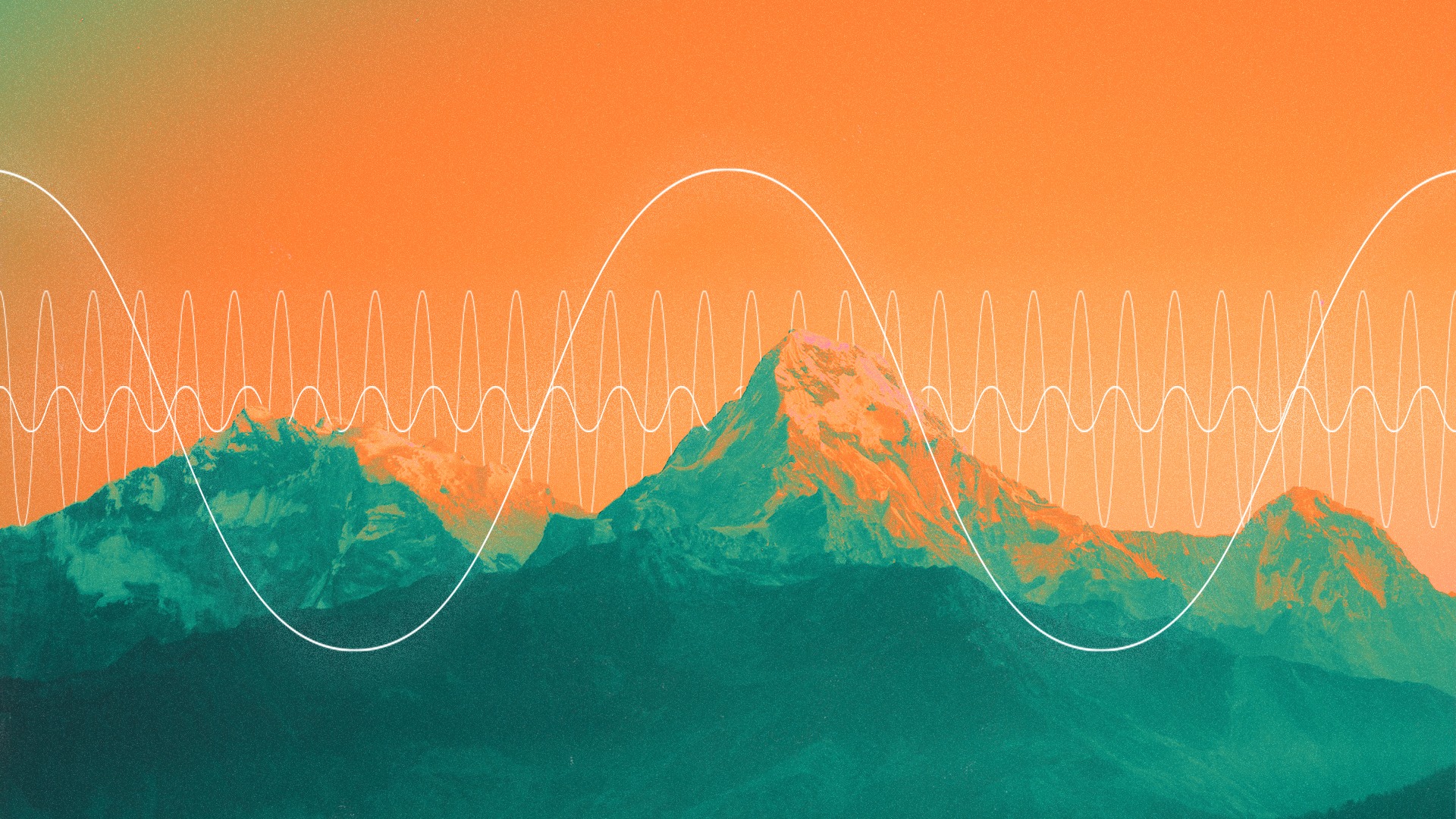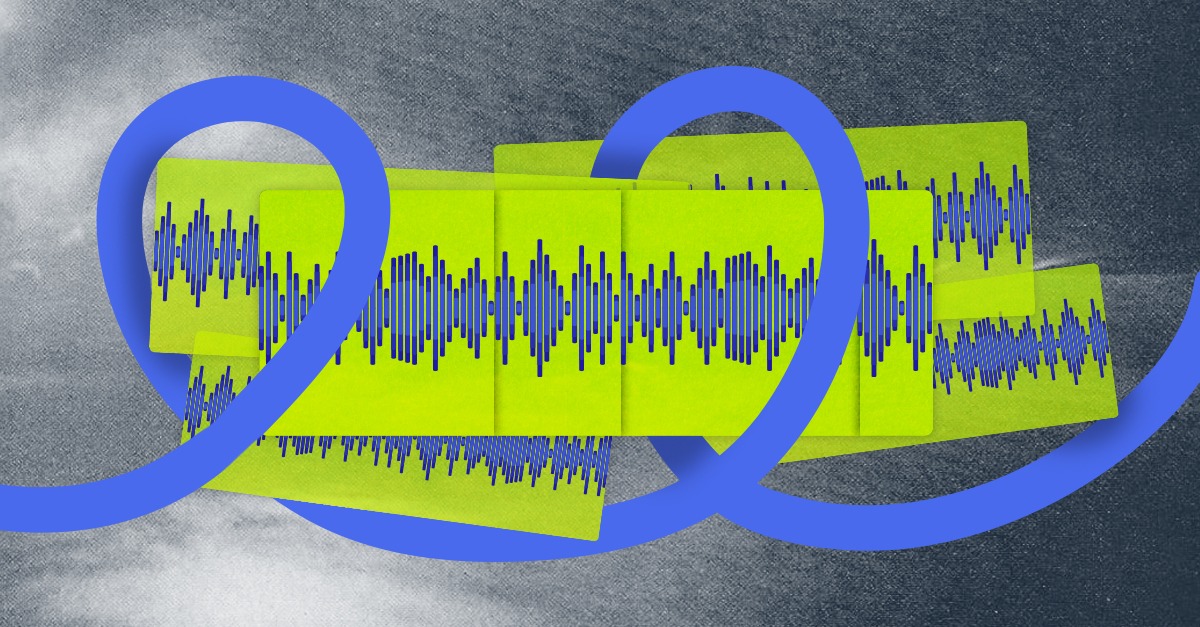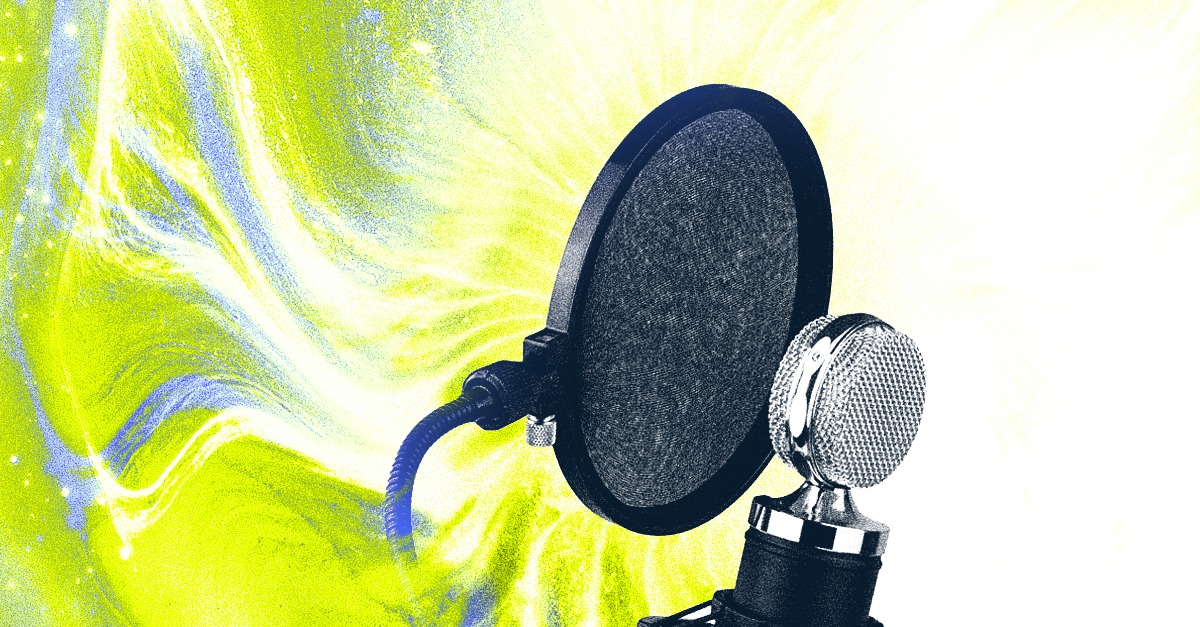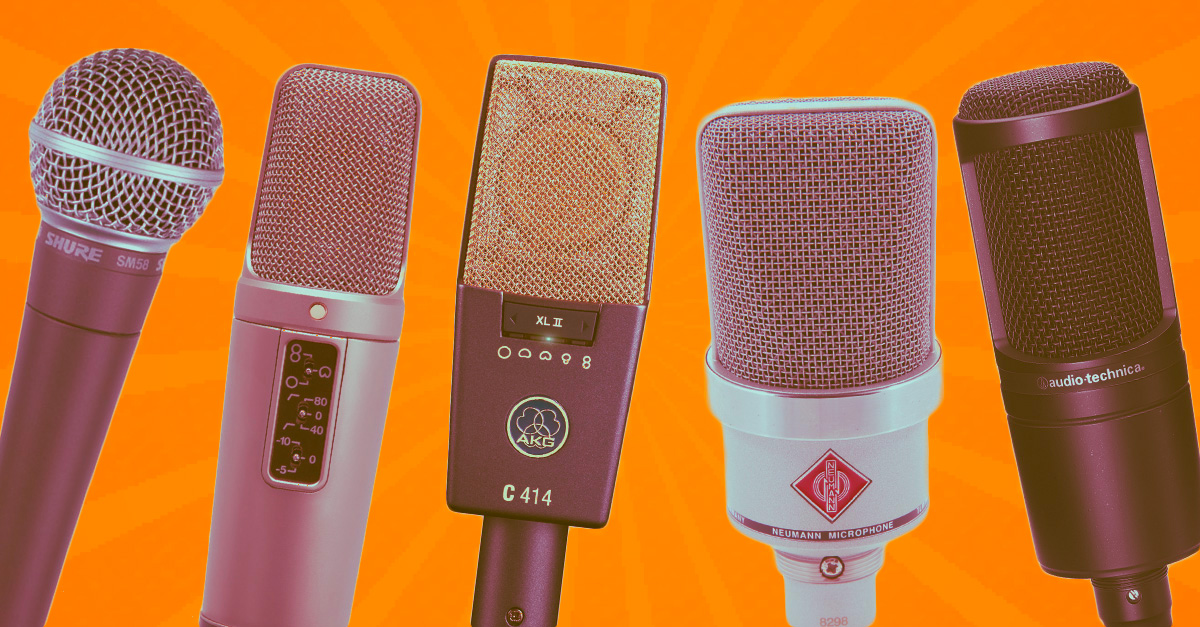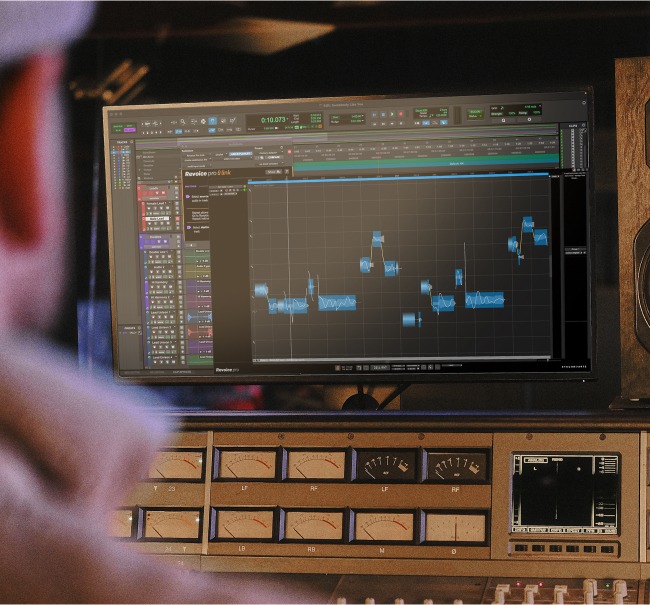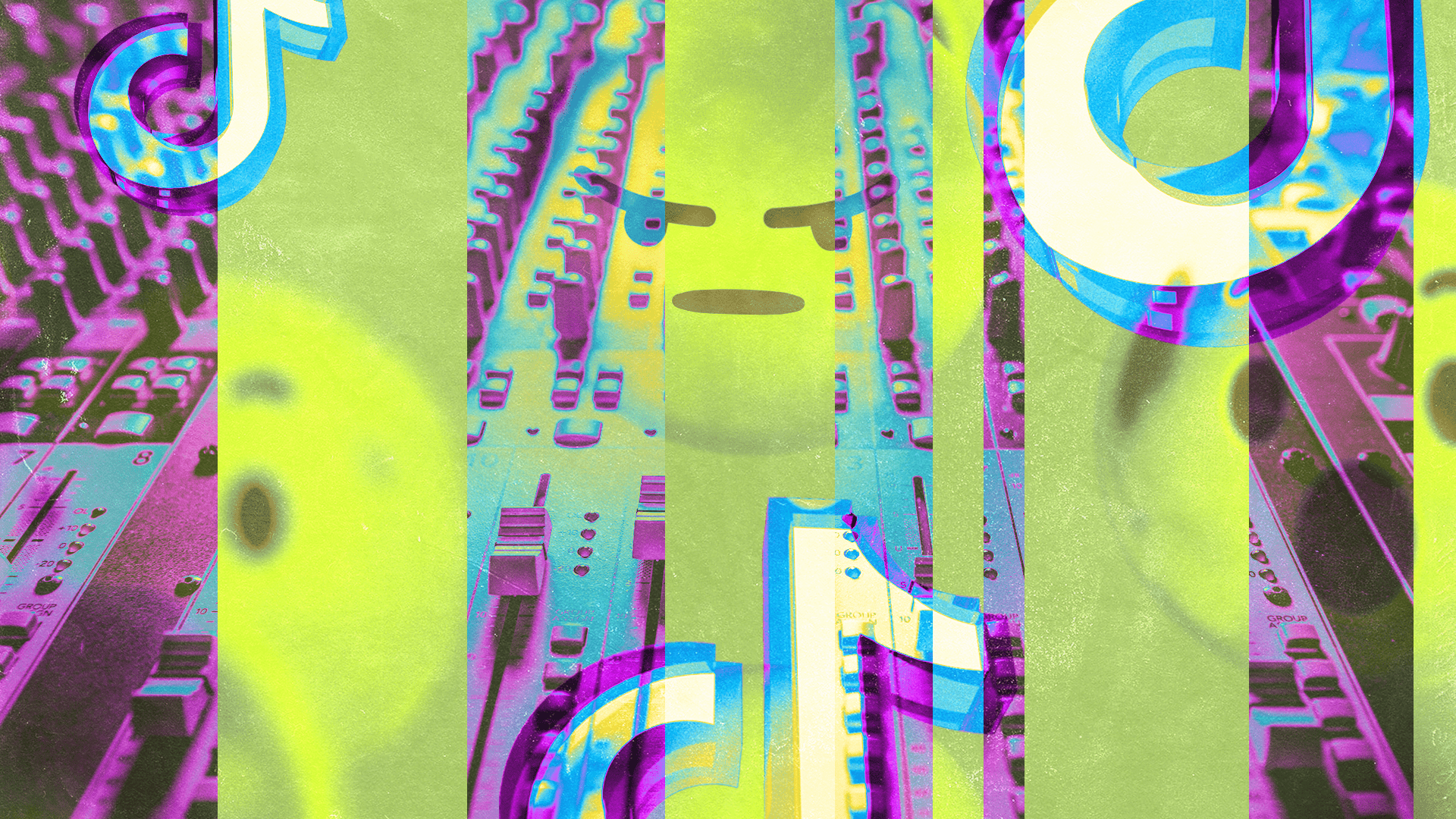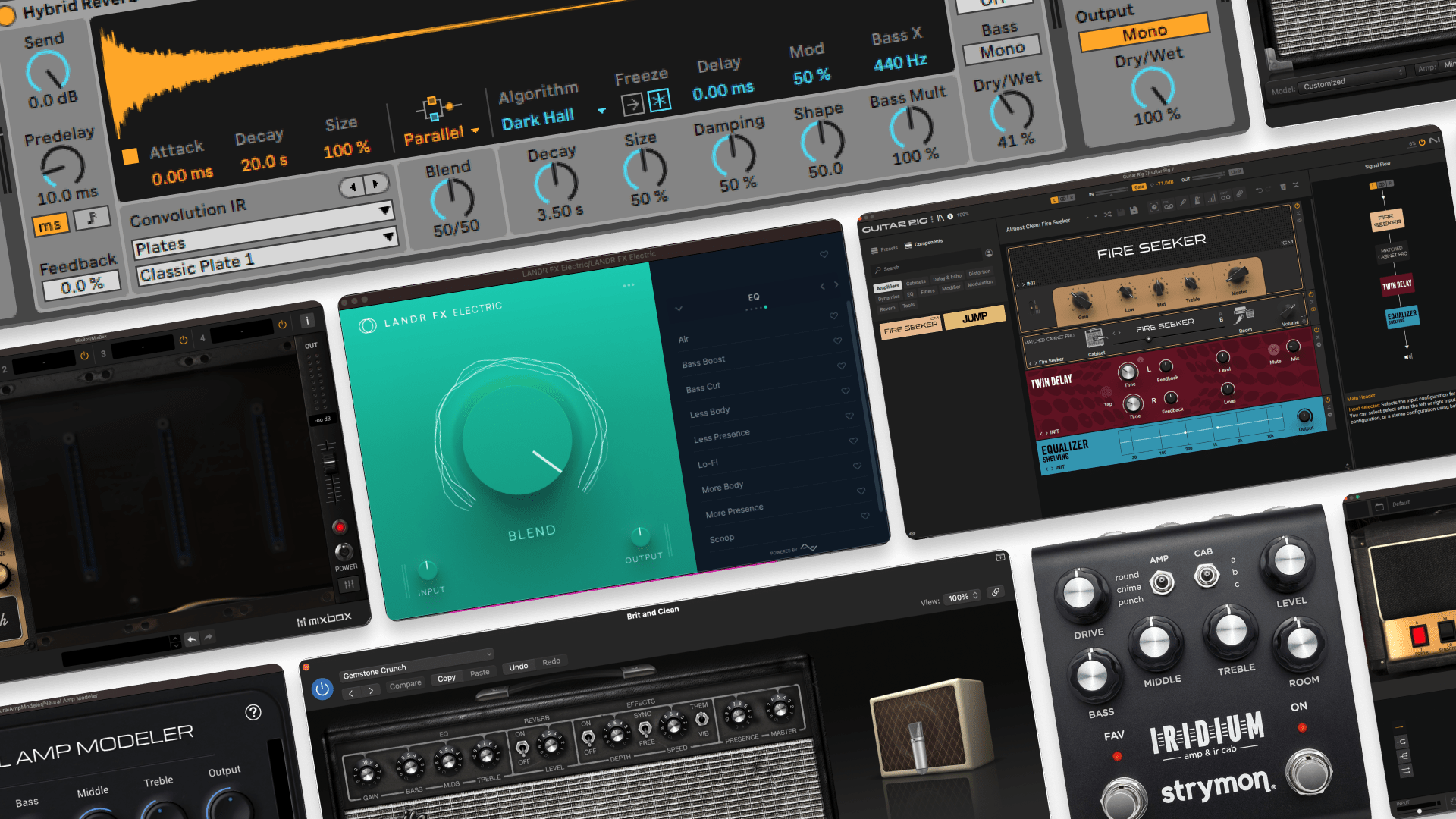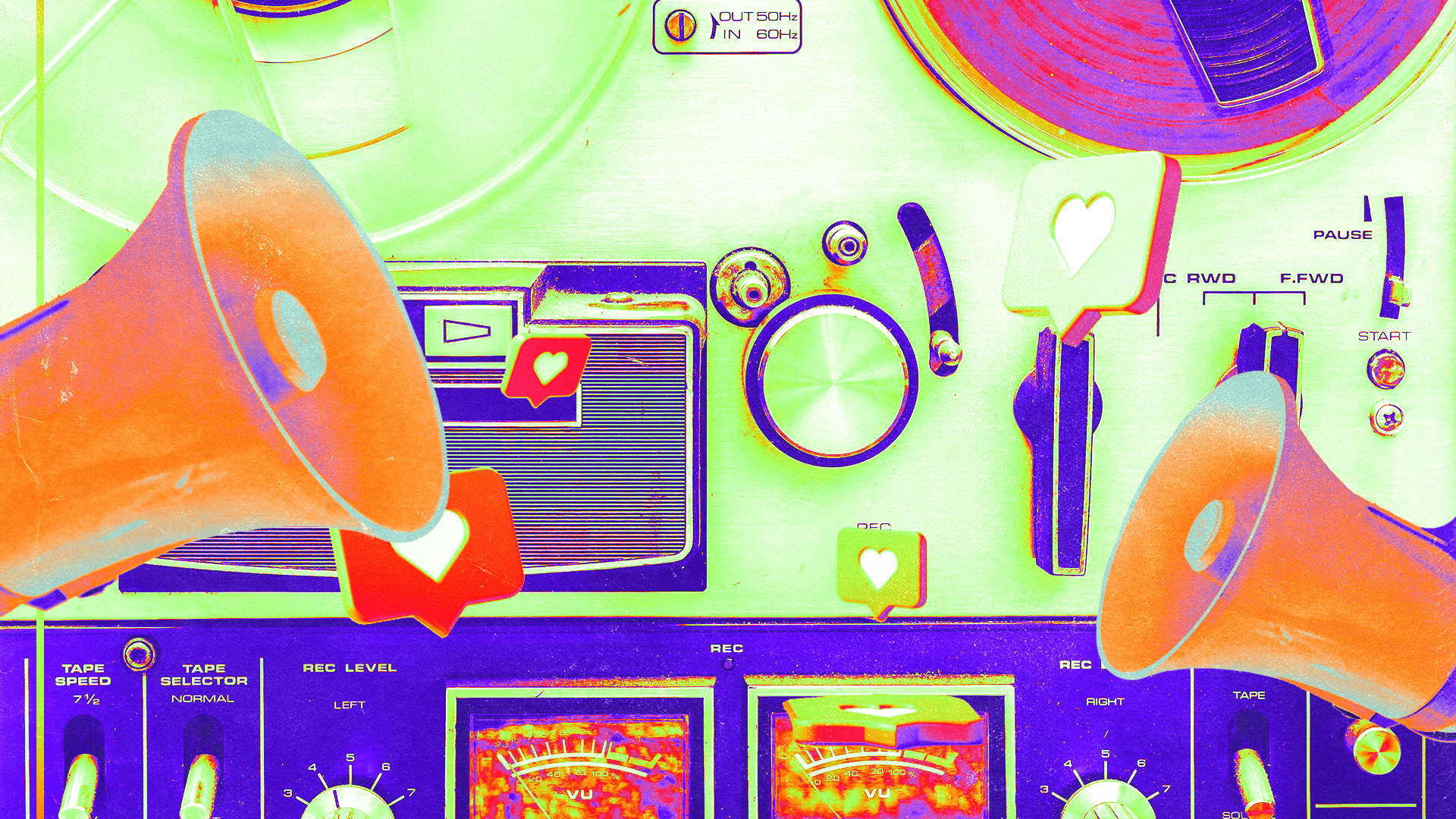
Double Tracking: How to Thicken Vocals and Instruments
Double tracking is a standard practice when it comes to recording vocals and some instruments.
It means overdubbing a recorded part a second time to thicken the sound and add texture.
But getting a great sounding double track isn’t always easy.
There are some important factors to consider to get tight, consistent double tracks that enhance your sound the most.
In this article I’ll unpack my best tips for double tracking vocals and other instruments.
Let’s get started.
How to double track vocals
What is double tracking?
Double tracking is the process of recording a vocal line or instrumental part twice and layering it in the mix.
It’s done to achieve additional depth, richness and texture through the natural effect of the sound reinforcing itself.
Double tracking is especially common for pop music vocals and certain instruments like heavy guitars.
In addition to natural thickening, doubling produces a subtle chorus effect due to slight inconsistencies between the two performances.
This can be used to create stereo width when the two tracks are panned apart from each other in the mix.
Finally double tracking is an aesthetic choice that can compliment the arrangement of a song when used to create contrast between single-tracked sections.
Working on vocals?
Get helpful tips with these guides

How to double track vocals
It may seem as simple as recording your part twice, but double tracking can be deceptively tricky if you’re doing it for the first time.
Here’s my step-by-step guide with helpful pointers for successful double tracking
1. Record your first part right
Make sure you lay down the first vocal track exactly how you want it.
You’ll have to duplicate every little nuance of your original track, pay extra attention to your timing and phrasing.
2. Record your second part on top
Record your double track as close as you can to the original take.
You may prefer to hear the original recording in your monitor mix as you track in order to sync it up closely. Or, you may find the original track distracting!
Find out how you like to set up your monitor mix for double tracking and make sure you have what you need to sing a tight second take.
3. Edit and align the tracks
Unless you’re a superhuman singer, you’re bound to end up with some differences between the original take and the double—and that’s the point!
That said, too much variation can cause the double tracking effect to collapse. If this happens, the two tracks will start to sound like independent takes rather than stacked doubles.
In most double tracks, the majority of the sections work fine as they were sung. But some segments may need to be edited to really lock in.
This is especially common with long held notes and fast syllables that can easily sound out of time.
To clean up these problematic sections you’ll need to edit the track’s timing to align them together.
This can be done manually in your DAW by cutting up sections and lining them up by hand.
Unfortunately, this can be a tedious process if you have a lot of doubled tracked material.
In many cases, a pop lead vocal will be doubled throughout the song to give the engineer the option to include it where they prefer.
On top of that, backups, harmonies and additional material may also be doubled—or even tripled!
In this situation, alignment editing is likely too time consuming to do by hand.
Luckily, there’s an industry standard plugin that can automatically align double tracks to a guide vocal without manual effort.
SynchroArts Vocalign was developed to address this time consuming step in modern vocal production.
It takes your lead vocal as a guide and then subtly warps and stretches the double to match.
You can define the tightness of the matching function to achieve anything from superhuman pop doubles to looser, natural sounding thickening.
Double tracking other instruments
It’s not just vocalists that get to benefit from double tracking techniques.
For example, some heavy guitar styles rely on multiple layers of doubled guitar for their massive arena-ready sound.
In fact, any instrument or line that can benefit from thickening, stereo width, or subtle movement may be enhanced by double tracking.
But there’s a catch—too much doubling and panning can cause issues with your track’s stereo image.
In an extreme example, imagine if you doubled every single part in your song and panned each one left and right for maximum width.
The differences between the left and right signals create the sense of width—but mix them together in mono and parts of the combined signals are canceled out, even while some are reinforced.
The result is that your mix would collapse in mono! That may not seem like a big deal as most of today’s listening devices are equipped with two channels.
But think again—small devices like phones, laptops and bluetooth speakers don’t offer much separation between their two channels. That means they behave more like mono systems if you’re listening from even a moderate distance away.
When to double track vocals
With the basics out of the way I’ll give a few examples of situations where double tracked vocals can help in your mix.
1. Quieter, thinner vocalists
Sometimes the best vocal performance is a hushed, wispy delivery that’s perfect for an intimate moment in the song.
Other times, less powerful vocals need a lot of support to make their way to the front of the mix.
Double tracking is perfect for this scenario since it naturally reinforces the strong parts of the vocalist’s timbre.
2. Masking minor imperfections
Your goal should always be to get the best vocal take possible.
But in reality, producers have to work with what the singer was able to achieve in the moment.
In cases where minor imperfections may be distracting in a single tracked vocal, a second track can help them blend in.
In fact, some imperfections in pitch or timing may be desirable for a specific style or singer.
3. Aesthetic choices
Speaking of which, double tracking is a foundational technique from the early days of recording.
You may decide to record a double simply for the aesthetic benefits it brings for the song.
If you’re unsure of the general effect in a mix, check out a few classic tracks where it was used to get an idea.
Beginning with the pioneering work of George Martin and the Beatles in the 60s, double tracking has made its way into the vocabulary of modern music production.
Double duty
Double tracking is an essential technique to know for anyone who records music.
Whether you’re building up a stadium sized chorus of guitars or doubling verses in your bedroom vocal booth, you can benefit from its unique effects.
Now that you know the basics, get back to your DAW and keep creating.
Gear guides, tips, tutorials, inspiration and more—delivered weekly.
Keep up with the LANDR Blog.
